Power Plants
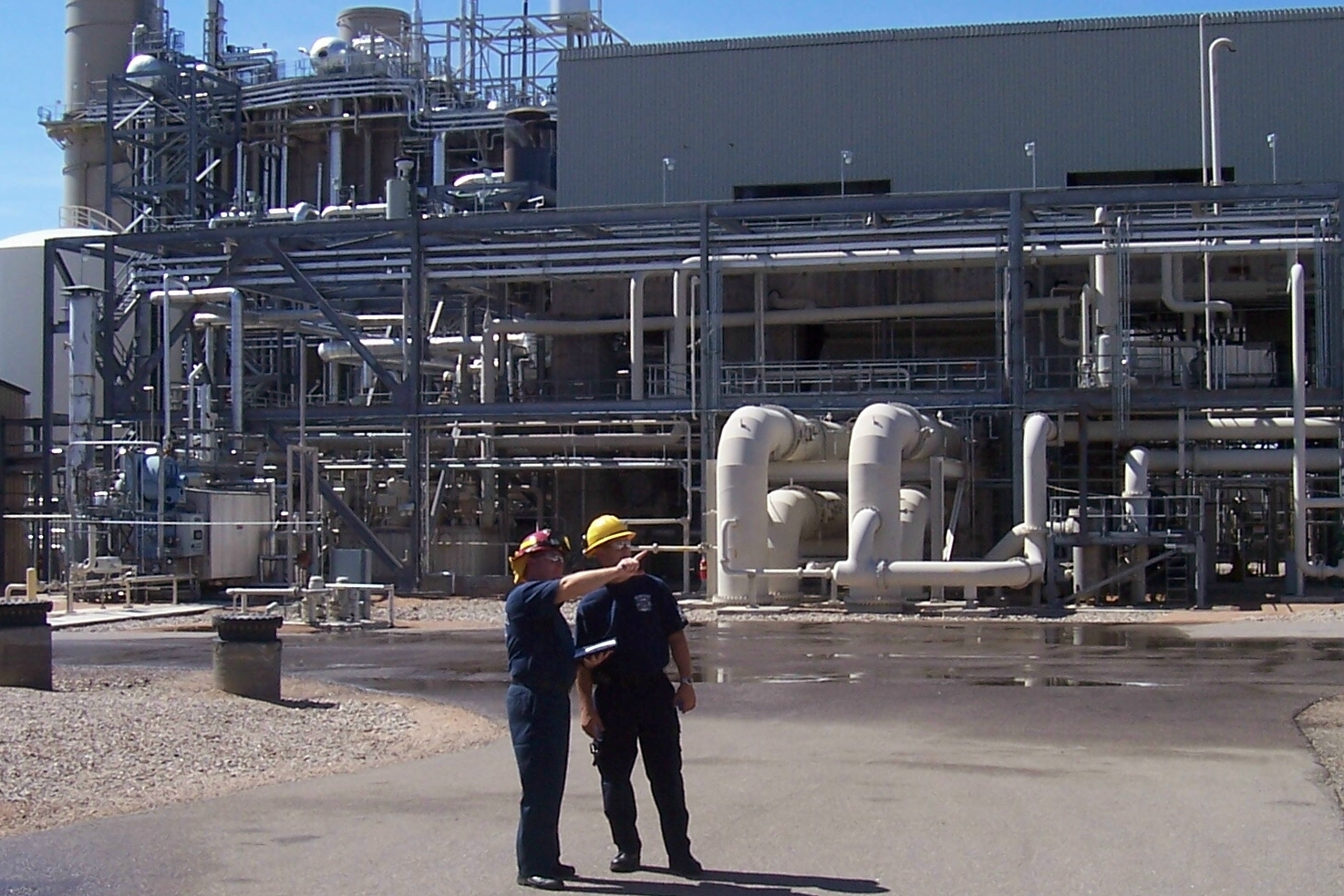
Going to work in a controlled and safe environment is not an unreasonable expectation for any worker. In many occupations, a level of danger is expected because it is inherent to the job, but this is only more reason for companies to take employee safety seriously.
In any occupation, a level of risk can always be expected while on the job. Some occupations are obviously more dangerous than others, and for many years, the power industry had a reputation of being one of the most hazardous workplace environments. The industry has worked hard to eliminate this reputation, and today it is a much safer work environment than in the past.
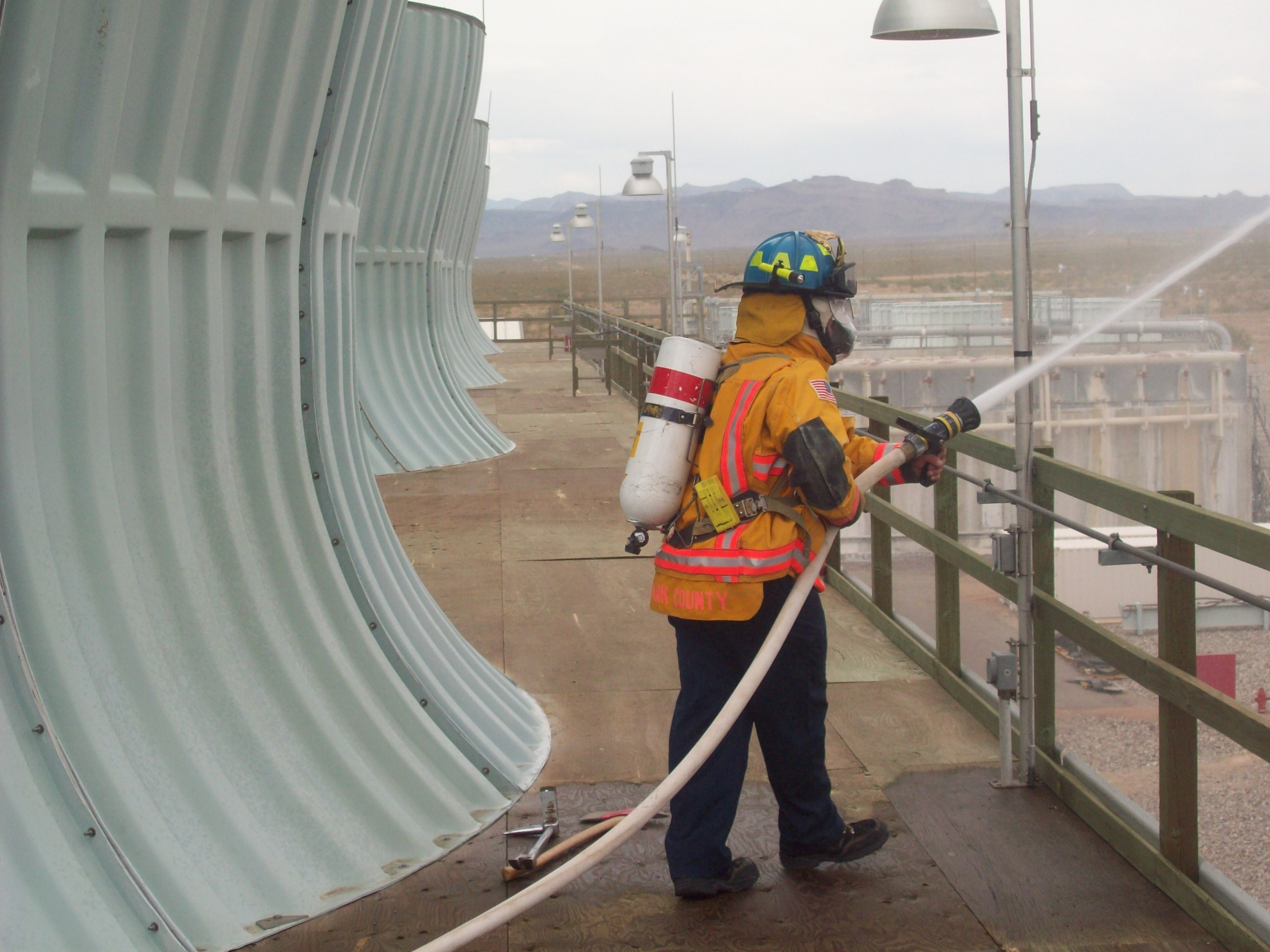
According to OSHA, there has been a consistent downward trend in the number of annual fatalities and recordable injuries. OSHA reports that for electric power generation and distribution, natural gas distribution, and water sewage and other distribution companies, the number of annual fatalities has decreased from 73 in 2006 to 26 in 2009. The total rate of injury and illness cases has also declined during that same time period from 4.1 cases per 100 workers to 3.3.
The continued decrease of fire emergencies and work-related injuries or fatalities at power plants around the United States is a result of the proactive policies of power plant safety managers and programs that have been implemented at these locations, I FSA is an important part of the safety and welfare of the workers and visitors to these power plant locations I FSA takes the proactive role of being the on-site safety officer and safety inspector as a part of their daily duties.
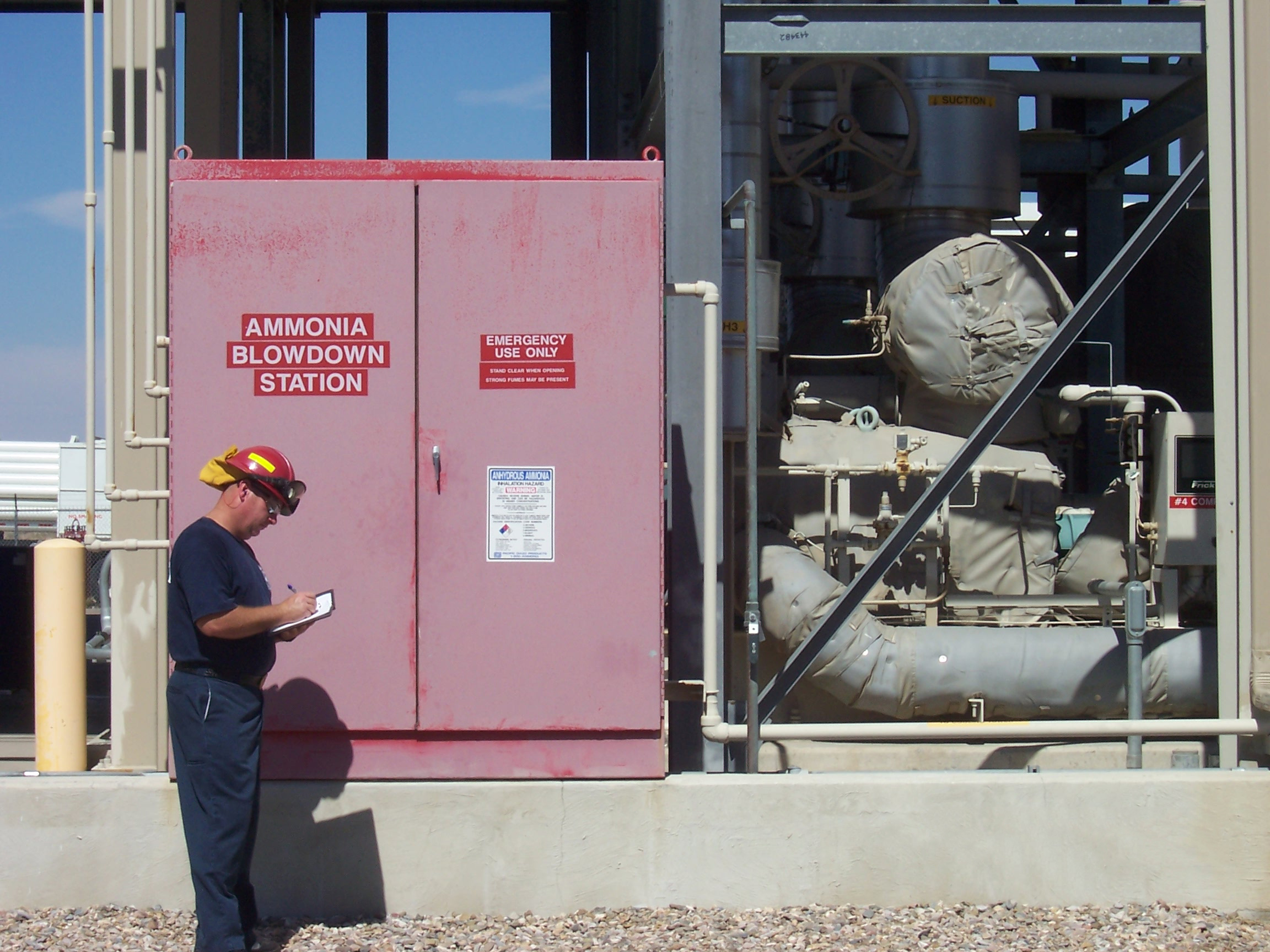
Inspection of all emergency equipment related to fire suppression and emergency medical at these locations assure that they are in proper working order daily, weekly, and monthly inspections are scheduled for all parts of these locations at the plant to assure worker safety and compliance of rules and regulations set forth by regulatory agency
When a fire or medical emergency occurs at these locations I.F.S.A. personnel are there to handle and stabilize the situation until outside public agencies arrive to take over or transport sick or injured persons, the difference between a minor emergency or major emergency is related to the local response of emergency services in the area, since most power plants and alternative energy locations are located in rural parts of the United States the average responding agency h as a 15 to 45 minute response time before they can get help to those in need.
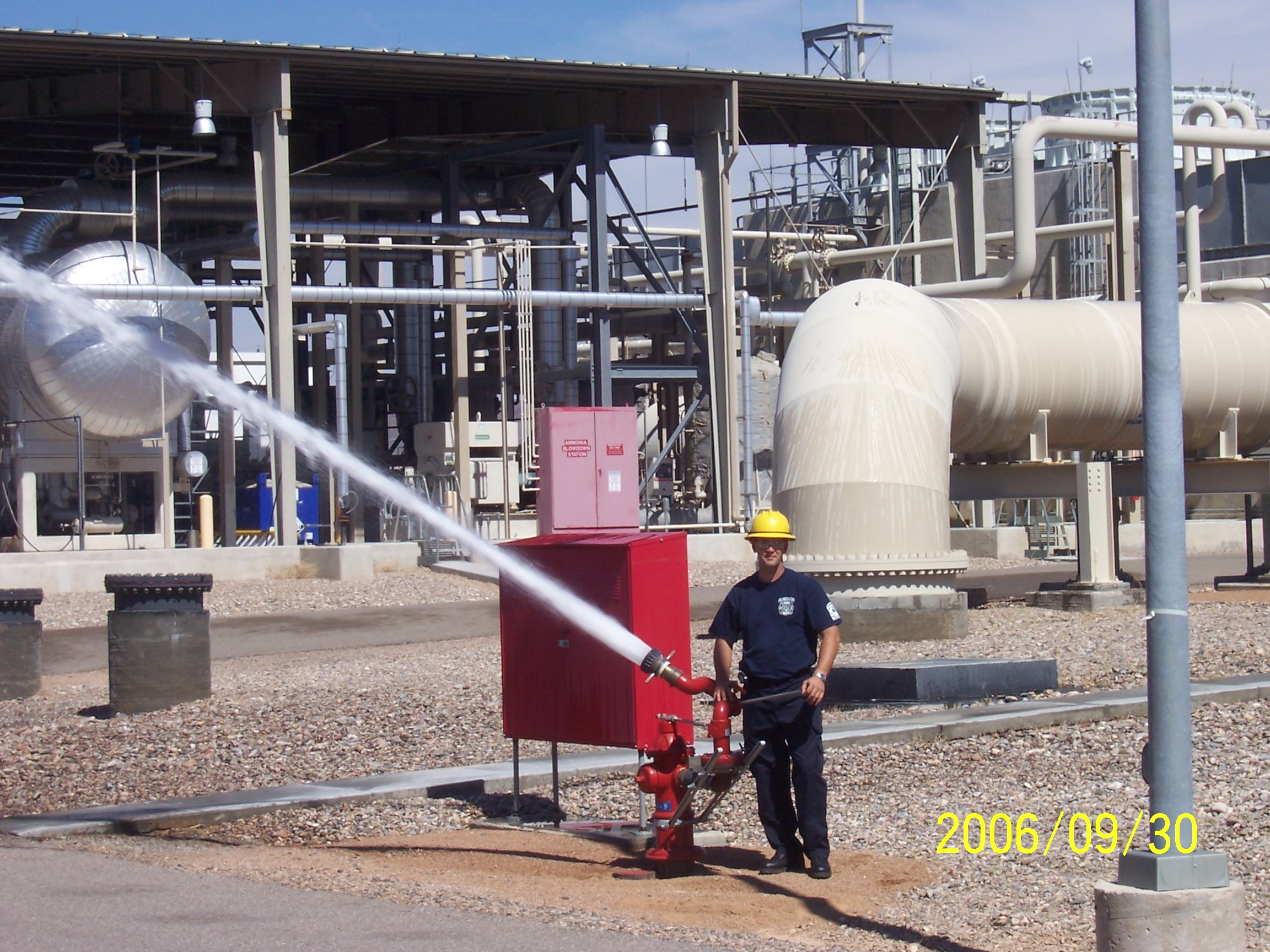
I.F.S.A.’s safety officers are well equipped and trained to handle these emergencies and stabilize the situation until local agencies has arrived this quick response from our safety personnel makes a difference between life and death .
It is important to remember that the first 3 to 10 minutes of a fire or medical emergency will make the difference in the situation of a minor emergency becoming a major catastrophe by having on-site trained personnel and equipment at these locations our staff is able to quickly stabilize the situation until it is controlled or outside agencies arrive to take over.
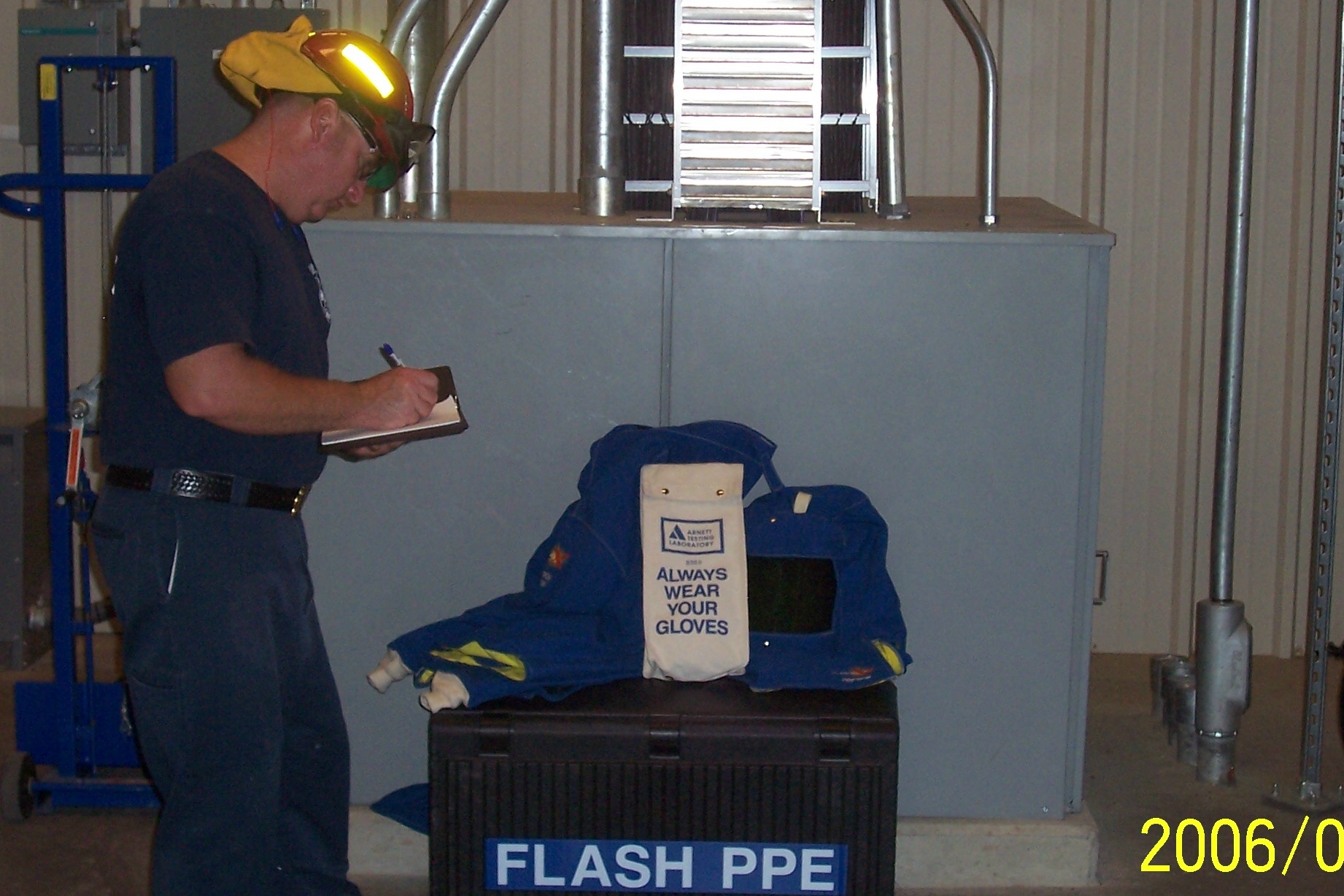
Calendar
| M | T | W | T | F | S | S |
|---|---|---|---|---|---|---|
| « Mar | ||||||
| 1 | 2 | 3 | ||||
| 4 | 5 | 6 | 7 | 8 | 9 | 10 |
| 11 | 12 | 13 | 14 | 15 | 16 | 17 |
| 18 | 19 | 20 | 21 | 22 | 23 | 24 |
| 25 | 26 | 27 | 28 | 29 | 30 | |
Recent Posts
- CONTRACTED EMERGENCY SERVICES FOR COMMUNITIES
- Infrared Radio and Camera Sensors
- Brush Fire Patrol
- Safety Patrol Units
